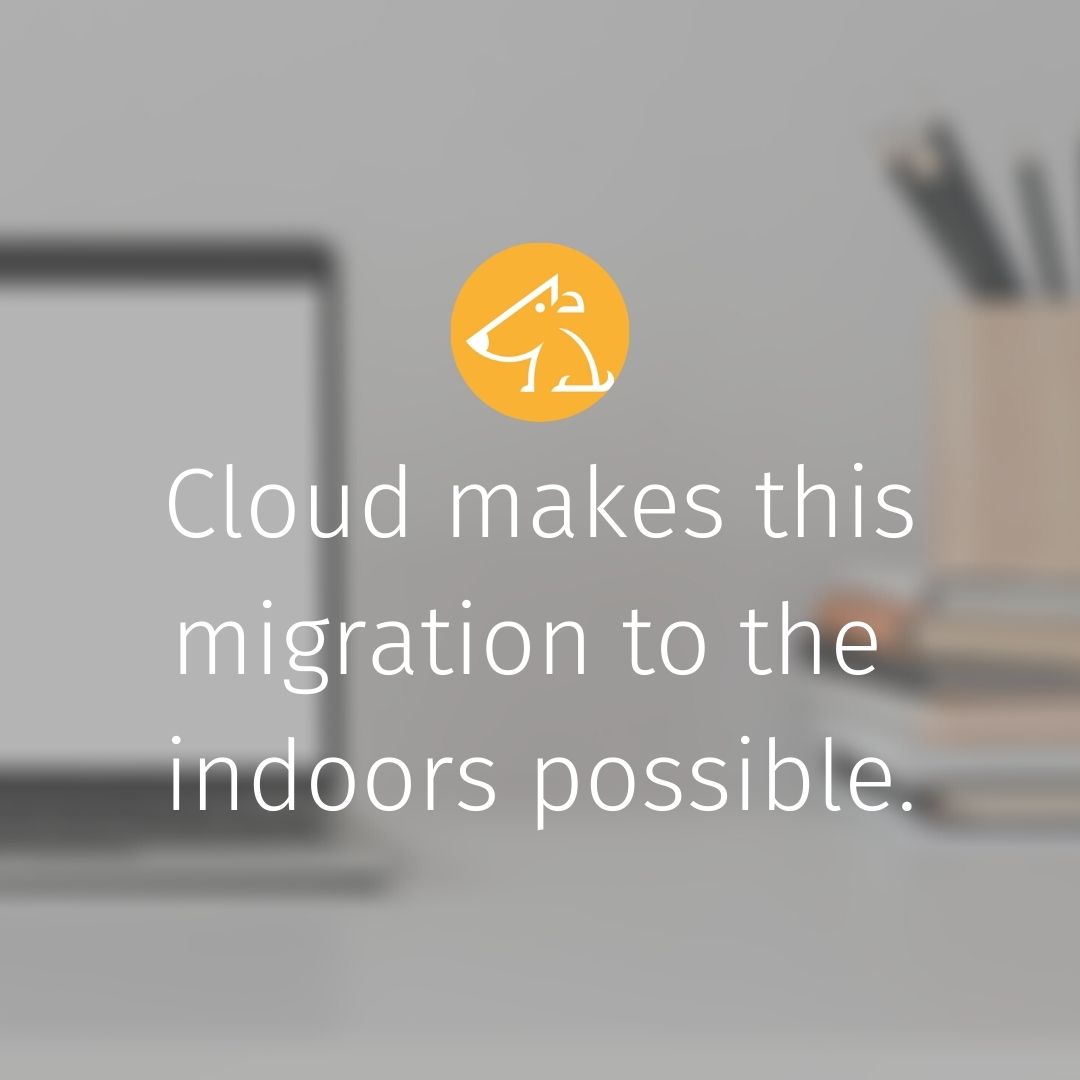


Our Product Manager, Niall discusses whether COVID-19, and the consequent necessity to work from home, will irreversibly change the traditional office environment as we know it.
One of the impacts of self-isolating and social distancing is the necessity to work from home. This includes the entire student body; nurseries, schools, colleges and universities; as well as places of work. This great migration has put strain on the education system, businesses and of course, people.
Organisations that were previously uncomfortable with employees working from home have had no choice but to adapt their policies in order to comply with COVID-19 best practice, as well as public health and government guidelines.
We live in unprecedented times.
The longer these measures are in place, the more accustomed employees and organisations will be to remote working; to the extent that customs and business practices will adapt to a new order.

The drive to encourage home and remote working was already in progress before this crisis began, gathering momentum gradually. However, throughout history “shock” events are usually required to accelerate change, and to embed revolution as a “new” normal.
What remains to be addressed are the potential implications. What happens when we get through this COVID-19 pandemic?
We won’t necessarily see the “death of the office”, but an increased motivation to “decentralise” work. There will be plenty of real world experience of how home and remote working affects employees, organisations and commerce in general. Increased progress would be a good thing. There would be less strain on city and transport infrastructures, there would be societal benefits from families having more time together, and there would be a gradual re-population of areas that currently suffer from the concentration of offices.

Cloud makes this migration to the indoors possible by enabling connection to remote resources. Increasingly, people are using tech services such as Zoom and Slack, as well as collaboration tools such as Google Docs and Office 365. However, as these are all delivered via cloud, pressure is increasing on this medium.
We have already seen capacity issues amongst cloud providers since COVID-19 began, despite statements suggesting providers can cope with the demand. As work transitions from local to remote, the adoption and use of cloud will only grow and this will most likely happen at a rate not previously envisaged before the current crisis began. So, although providers claim they are ready for the spikes in capacity required, it is difficult to predict and therefore, prepare for, what the ultimate demand will be.

For organisations’ IT departments, flexible and expandable services will be needed and, of course, cloud is the best foundation for this. However, organisations will need to be careful not to panic and over-provision cloud resource to meet increased demand. Instead they should have systems in place that allow them to expand and contract usage where possible.
Organisations will also have to balance up provisioning of cloud infrastructure for services and applications, which are essential to running the business, against the needs of remote workers. Clever cloud provisioning coupled with access to multiple cloud providers and regions plays a massive role in these unprecedented times.
 Please upgrade your browser
Please upgrade your browser
You are seeing this because you are using a browser that is not supported. The YellowDog website is built using modern technology and standards. We recommend upgrading your browser with one of the following to properly view our website:
Windows MacPlease note that this is not an exhaustive list of browsers. We also do not intend to recommend a particular manufacturer's browser over another's; only to suggest upgrading to a browser version that is compliant with current standards to give you the best and most secure browsing experience.